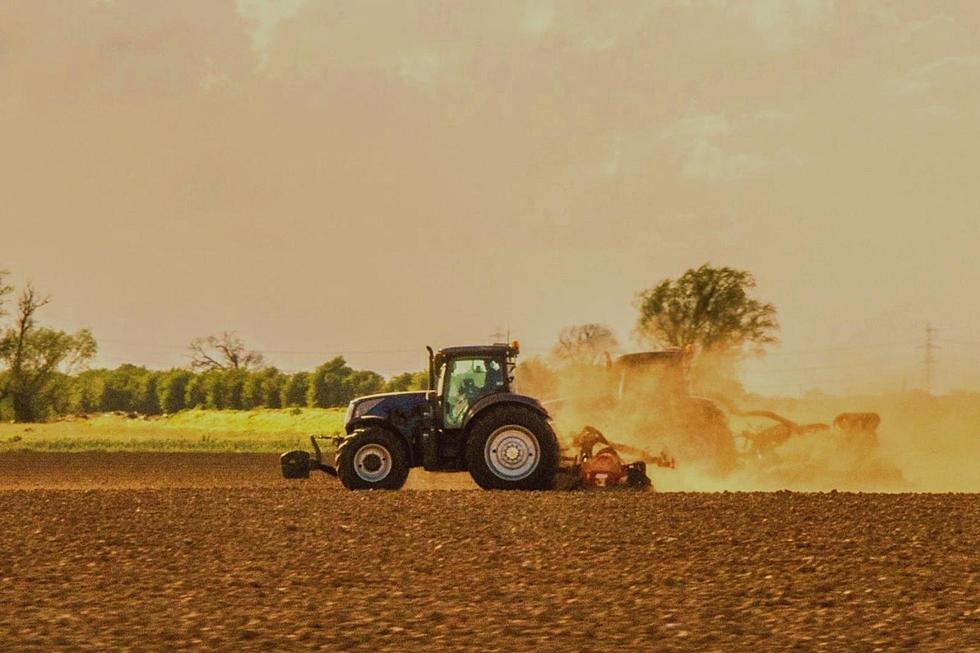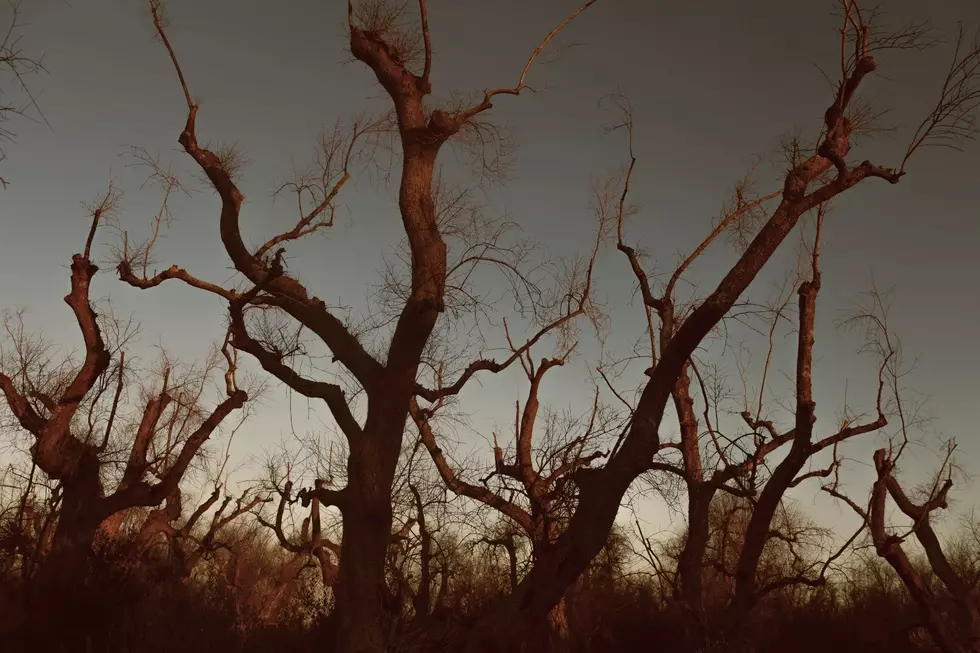
Texas Red Dirt is Both Good and Bad and Can Grow Almost Anything

Why is Our Texas Soil Red?
Okay, so here's my best and most educated explanation as to why our soil, clay, and or dirt is reddish-orange here in Abilene and throughout most of Texas. Red clay gets its color from an overabundance (and that is an understatement) of 'iron oxide' within the soil. Red clay (or "red dirt" as we Texans so fondly call it) is created through the breakdown of rocks in its own underlayer of the soil.
The breakdown comes from two things one is done by mother nature with the pressure and soil shifting. The other is man-made by our poor agricultural choices. That said, the most amazing part is that there are a lot of nutrients in our red clay/dirt.
Besides iron oxide, our soil also has magnesium, nitrogen, calcium, and potassium in it. While it might seem like our red soil cannot hold water, nothing could be further from the truth. Red clay has some of the most incredible water-retention properties and Red C lay holds onto its nutrients like iron and nitrogen for longer periods of time.
Soil Identification
Soil is identified in the field by visual and mechanical tests. The criteria for these are grain size, color, density or consistency, and moisture content. For grain size, the soil is either cohesive-clay, or cohesionless-silt, sand, or gravel. Most soil consists of a mixture of these grains and other organic materials.
1. Cohesive Soil
Cohesive soil (clay) is composed of extremely small mineral grains shaped like plates. Water is attracted between the plates by electrostatic forces to varying degrees based on the chemical composition of the clay. Clay exhibits a wide range of properties based on water content and chemical composition. When dry, clay is hard and rigid due to the close attraction between the grains. When clay is very wet, it exhibits an almost soupy consistency.
2. Cohesionless Soil.
Cohesionless soil is composed of much larger, and more rounded particles than clay and is subdivided based on grain size. The most commonly encountered cohesionless soil is: Silt (passes a No. 200 sieve), Sand (passes a No. 4 sieve and is retained on a No. 200 sieve), Gravel (passes a 3-in. sieve and is retained on a No. 4 sieve), SOURCE: TxDOT Soil and Bedrock & Day Trippin Texas
Because of our soil's unique composition, red dirt can be a blessing and a curse here's why: if you've ever been swimming in a tank or pond make sure you're not wearing anything white, or else it will be rust-red within minutes. The biggest downer about our red dirt is that due to the dry, then wet, then dry again whether our home's foundations take a beating and begin to crack.
To learn more about our West Texas red dirt and what can grow in it naturally check out the State's TxDOT website. Below a West Texas Farmer is wondering if any rain is coming.
CHECK THIS OUT: This Texas Home Boasts Its Own Beach And Zipline
More From KEAN 105






![Cloud Seeding In Texas Could Bring More Rain [VIDEO]](http://townsquare.media/site/114/files/2011/09/cloud-seeding-rainfall.jpg?w=980&q=75)
![Down Power Line Causes Brush Fire at Rudy’s House [PHOTOS]](http://townsquare.media/site/114/files/2011/08/iphone-pics-383-e1312234574910.jpg?w=980&q=75)
![Catfish Shortage Forces Restaurants To Change Their Menu [VIDEO]](http://townsquare.media/site/114/files/2011/06/screenshot-studio-capture-040.jpg?w=980&q=75)
